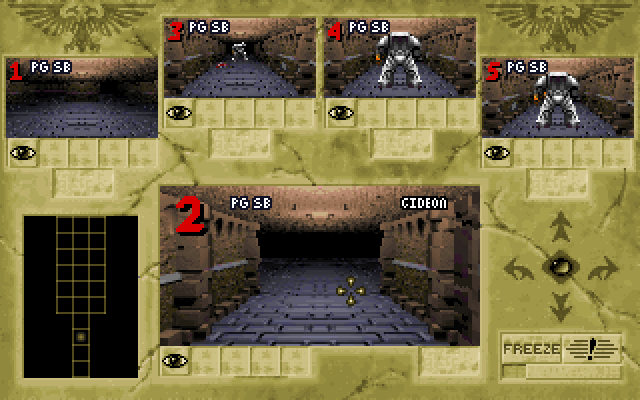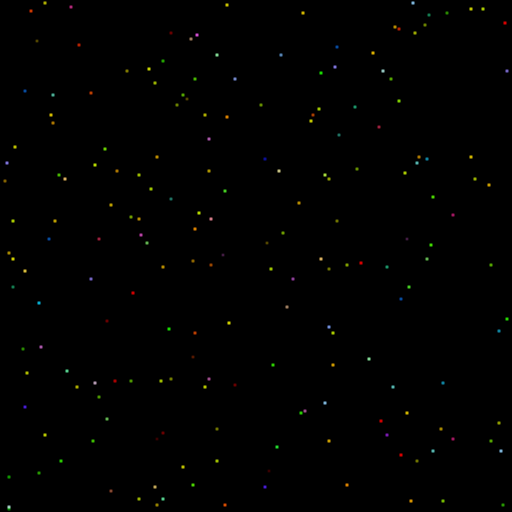I have noticed that I tend to present screenshots from around the 1996-1997 era of PC gaming, and this one is no exception. I played this game and enjoyed it but I think what I enjoyed were the production values. The game had an excellent intro and good voice work but the actual game itself was hard. I never got anywhere near finishing it.

Name and developer, please!


